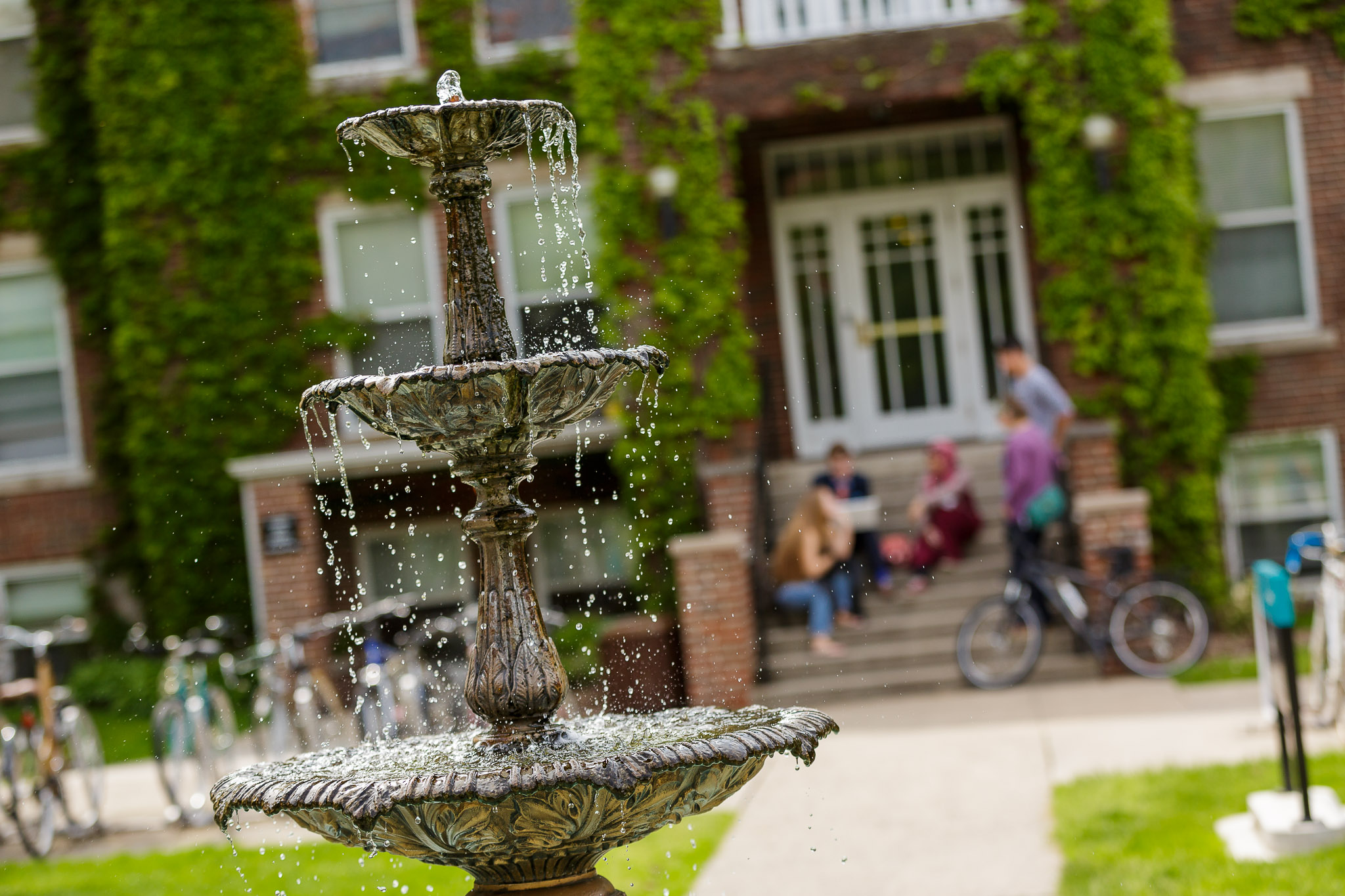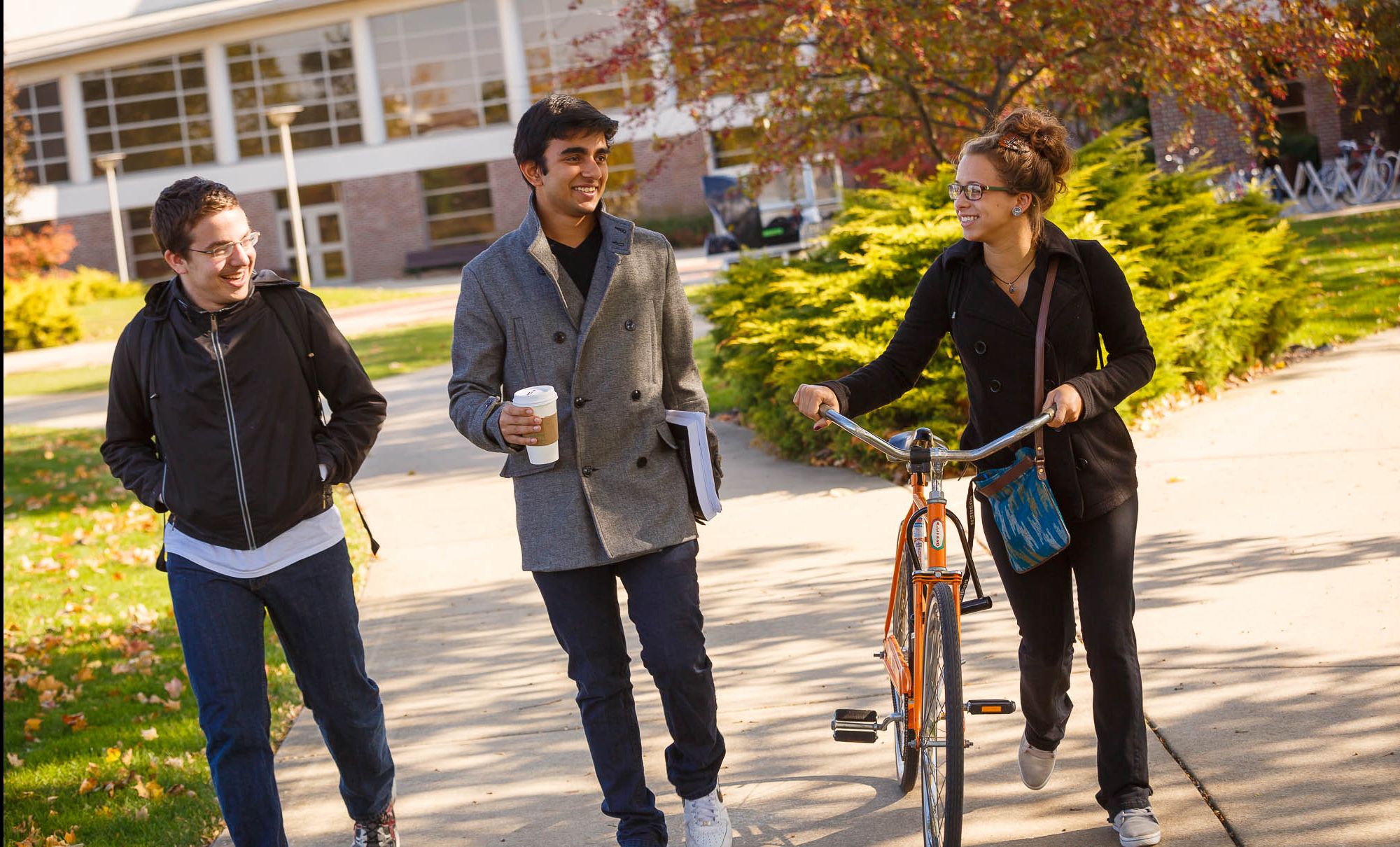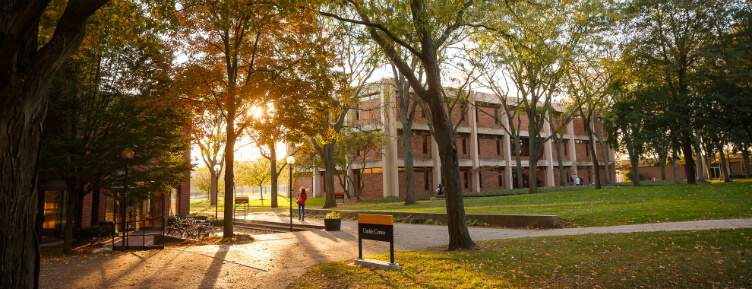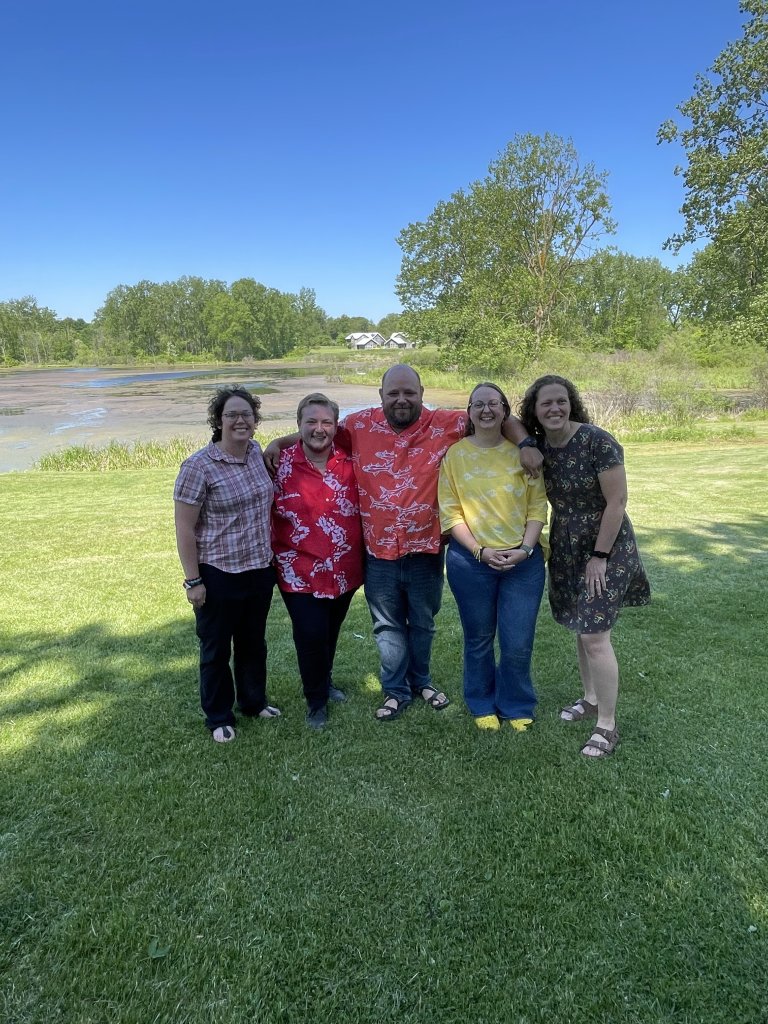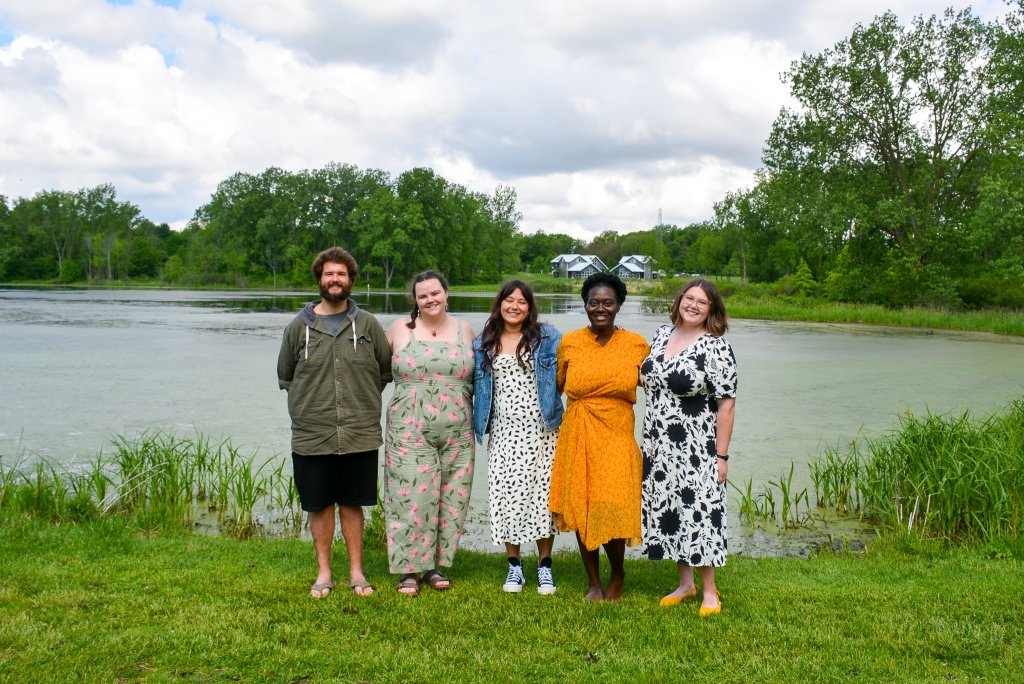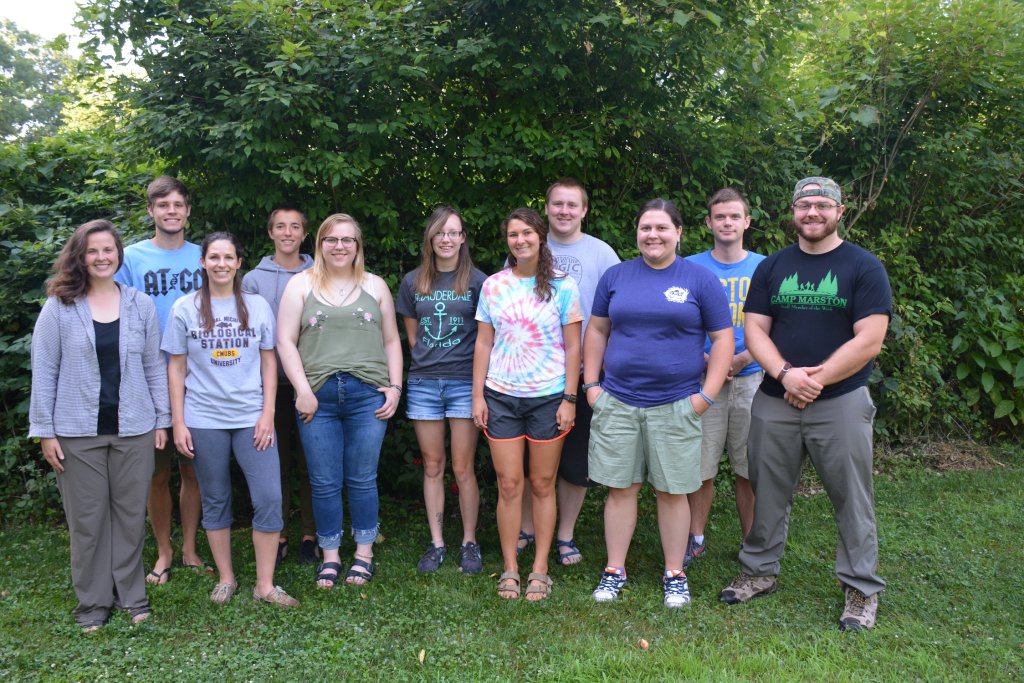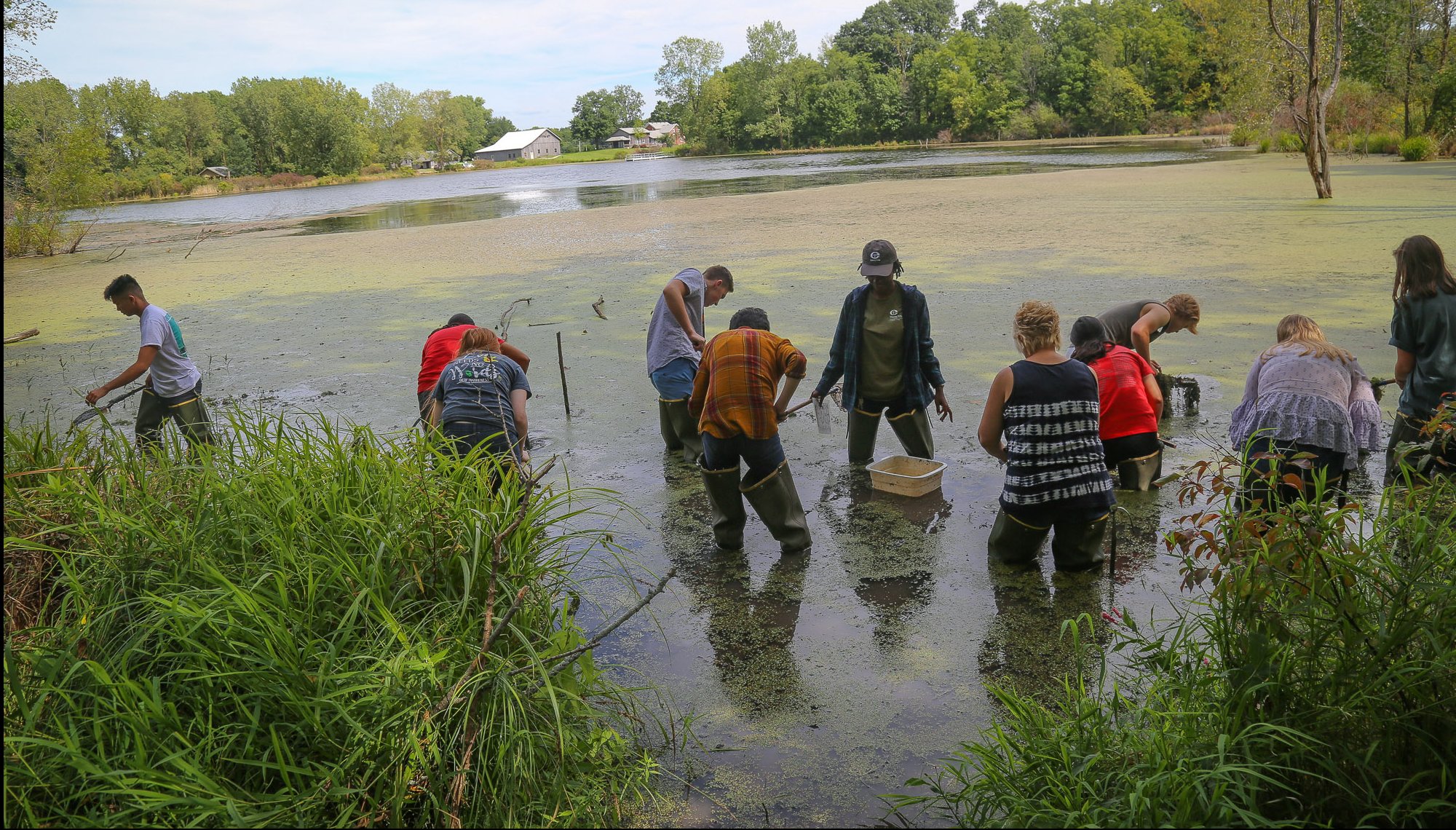
Student Research Projects
A core component of the Masters of Environment Education program is an 11-month research project designed to investigate a topic, issue, strategy, methodology or practice in environmental and sustainability education. This is an investigation that requires hands-on creative insight and creative output.
Whether the project examines natural history, existing programs at Merry Lea, or aims to implement novel educational programs, the process is self-driven with the guidance of a faculty mentor.
“I chose Merry Lea because it offers in-depth courses, practicum experiences, and a passion-inspired year-long project that reflects what an environmental educator can accomplish in their career.”
-Christine Kustra, class of 2020
Listed below are past student projects that link to a synopsis of their year-long research and implementations:


